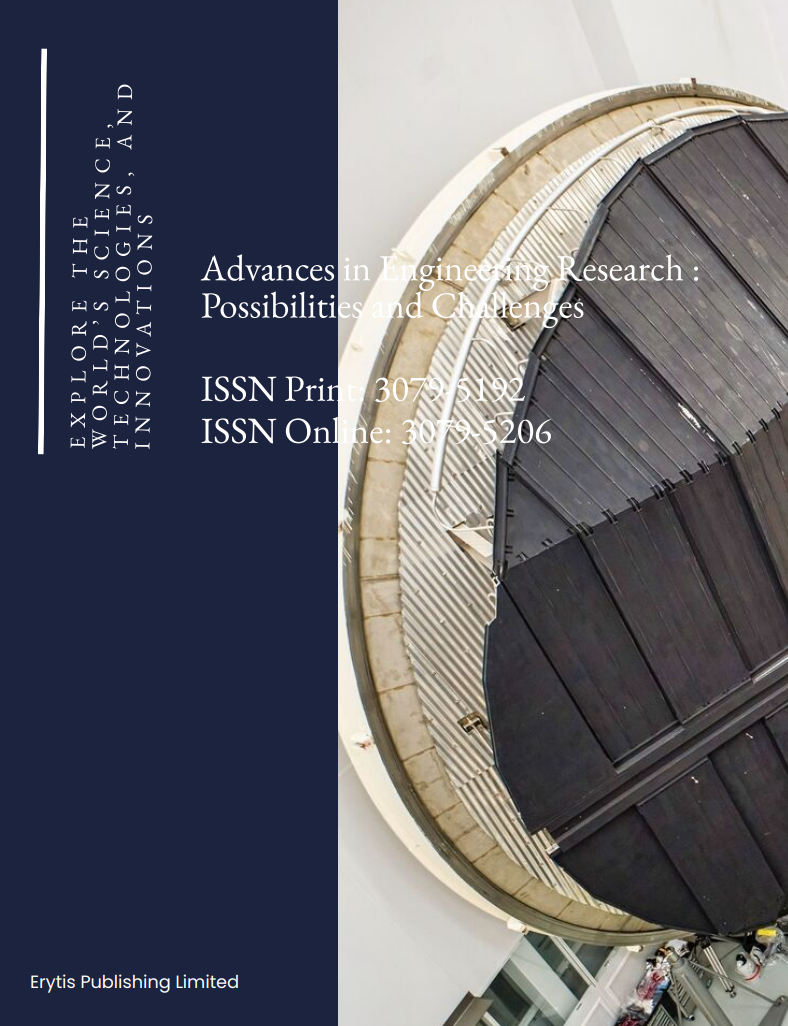Research on High Frequency Low-Level System Technology of Accelerator
DOI:
https://doi.org/10.63313/AERpc.9007Keywords:
SESRI, Linear injector, Low-level system, IQ quadrature demodulation, CordicAbstract
The 300MeV proton and heavy ion accelerator was independently developed and designed by the Institute of Modern Physics, Chinese Academy of Sciences. The device was a combination of ECR ion source, linear injector and synchrotron. The linear injector consists of seven pulsed high-frequency systems, including one set of RFQ, four sets of DTL, one set of BUNCHER and two sets of DEBUNCHER. The maximum pulse repetition rate is 10Hz and the maximum duty cycle is 1%. The main function of the high frequency and low-level system is to control the amplitude, phase and frequency stability of the high frequency field in the accelerator cavity, to ensure that the beam can obtain stable acceleration when passing through the accelerator cavity, and to reduce the beam loss. The control system hardware based on FPGA and CPCI bus architecture is used in the linear low level system of 300MeV proton and heavy ion accelerator. IQ quadrature demodulation and Cordic amplitude and phase conversion algorithms are used for PI closed-loop control. Online beam experiments show that the phase stability of the closed-loop system is about ±1°, and the amplitude stability is about ±1%, which realizes the long-term stable and reliable operation of the system.
References
[1] Haisheng Song, Peng Xue, Xianwu Wang, Jinying Ma, et al., "Title of the Article Related to Measurement and Control Technology," Measurement and Control Technology, vol. 10, no. 4, pp. [specific page numbers or page range], 2019.
[2] Lianghua Wen, Qing Li, Xianwu Wang, "Title of the Article Related to Measurement and Control Technology," Measurement and Control Technology, vol. 33, no. 11, pp. [specific page numbers or page range], 2014.
[3] Ming Liu, Weiping Chai, et al., "Title of the Article in Nuclear Physics Review," Nuclear Physics Review, vol. 34, no. 4, pp. [specific page numbers or page range], 2017.
[4] Yan Cong, Zhe Xu, et al., "Title of the Article in Nuclear Physics Review," Nuclear Physics Review, vol. 29, no. 3, pp. 248-25X, 2012. (Assuming the article spans multiple pages, re-place '25X' with the actual last page number)
[5] Zhencheng Mu, Ligang Wang, Jian Li, et al., "Title of the Article in High Power Laser and Ion Beam," High Power Laser and Ion Beam, vol. 22, no. 2, pp. 433-44X, 2010. (Similarly, re-place '44X' with the actual last page number)
[6] Zhenglong Zhu, Xianwu Wang, Chunlong Li, et al., "Title of the Article in Nuclear Physics Review," Nuclear Physics Review, vol. 24, no. 2, pp. [specific page numbers or indicate if it's a single-page article], 2015.
Downloads
Published
Issue
Section
License
Copyright (c) 2025 by author(s) and Erytis Publishing Limited.

This work is licensed under a Creative Commons Attribution 4.0 International License.















